Eastern bottlebrush grass (
Elymus hystrix) is one of a select few shade-tolerant native grasses. This beautiful grass has an upright form, blue-gray grass blades and airy silver seed heads that resemble a bottle brush. Combine this elegant grass with shade-tolerant native perennials to create an interesting textural contrast in a traditional shade border or naturalized woodland edge.
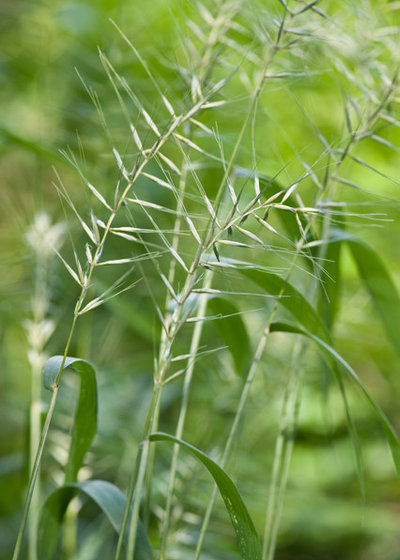
Holm Design & Consulting LLC
Botanical name: Elymus hystrix (formerly
Hystrix patula)
Common names: Eastern bottlebrush grass
Origin: Occurs in eastern North America from the eastern edge of North Dakota south to Oklahoma and from Maine to South Carolina in the east; in Canada occurs from Manitoba east to Nova Scotia; absent in Prince Edward Island
Where it will grow: Hardy to -45 degrees Fahrenheit (USDA zones 2b to 7b; find your zone)
Typical plant communities: Dry to mesic woodlands and woodland edges
Soil requirement: Dry to medium, sandy-loam to loam soil
Light requirement: Partial shade to shade
Mature size: 32 to 42 inches tall and 12 to 18 inches wide
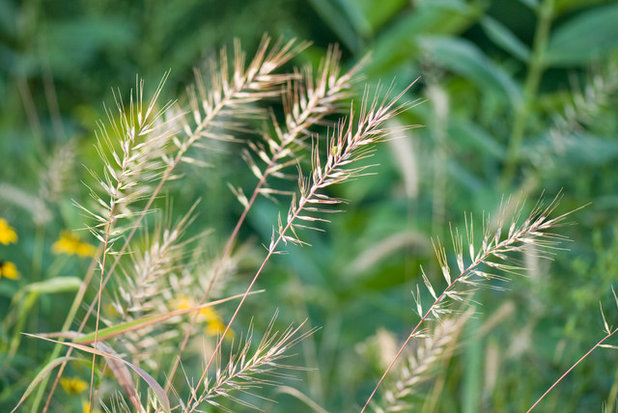
Holm Design & Consulting LLC
Benefits and tolerances: Tolerant of shade and dry soil; deer (and dogs) will browse the leaves of young plants
Seasonal interest: Silver-colored seed heads develop in late June or early July; blue-gray, wide, arching grass blades
When to plant: Spring or fall; potted plants are available from many native-plant nurseries
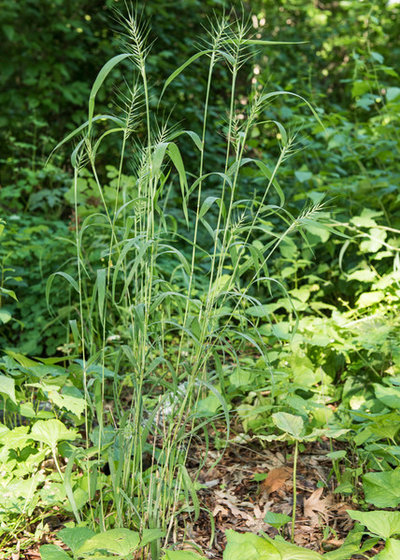
Holm Design & Consulting LLC
Distinguishing traits. Eastern bottlebrush grass has an upright, narrow form, large seed heads resembling a bottle brush and blue-gray foliage. Best all, it is very shade tolerant. The seed heads persist into late fall and provide soft textural interest.
How to use it. Use eastern bottlebrush grass massed in a shade garden with dry to medium, well-drained soil. Plant it under trees that have an upward branching habit.
Combine eastern bottlebrush grass with other native shade-tolerant perennials, including Jacob’s Ladder (
Polemonium reptans), early meadow-rue (
Thalictrum dioicum), baneberry (
Actaea spp) and bigleaf aster (
Eurybia macrophylla).
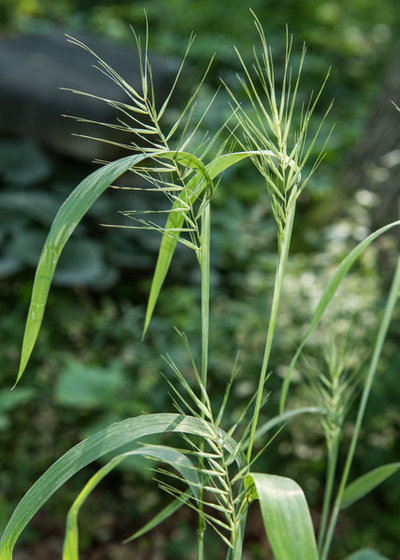
Holm Design & Consulting LLC
Planting notes. Eastern bottlebrush grass forms clumps and can be transplanted easily. Transplant it in spring before flower stalks begin to form or, alternatively, in fall.
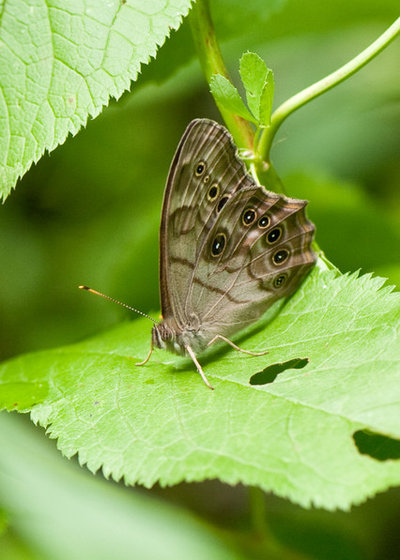
Holm Design & Consulting LLC
Pollinator notes. This native grass is wind-pollinated, but it is one of several larval host plants for the northern pearly-eye (
Enodia anthedon),
a common woodland butterfly, shown here.
More: Energize Your Landscape With Masses of Grasses
Browse more grass guides on Houzz
Browse plants native to other regions of the U.S.





